Big and Buttery Croissant Bread
Your folders
Your folders
Prep Time: 45 minutes
Cook Time: 40 minutes
Total: 14 hours, 30 minutes
Servings: 12
Author : King Arthur Baking
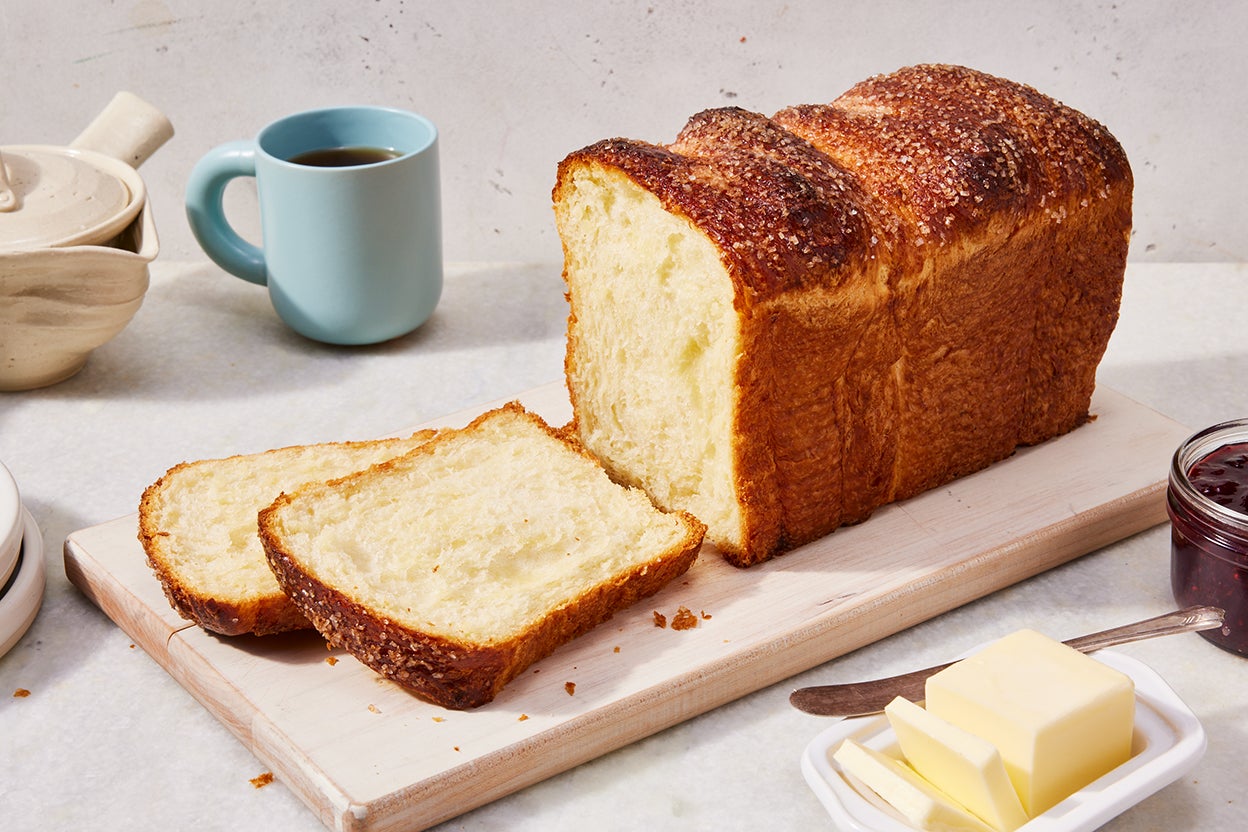
Ingredients
Export 5 ingredients for grocery delivery
Instructions
Step 1
To make the dough: In a medium bowl, whisk together the bread flour, dry milk, salt, and 1 1/2 tablespoons (19g) of the sugar. Set aside.
Step 2
, Put the egg and water in a medium mixing bowl and whisk to combine. Add the remaining 1 1/2 teaspoons of the sugar (6g), the all-purpose flour, and the yeast. Mix with a spatula until well blended; cover and set aside in a warm spot to let the yeast become active as you make the butter block, about 10 to 15 minutes, or until there are small bubbles on the surface.
Step 3
, To make the butter block: Cut the butter into 1" pieces and place in the bowl of a stand mixer fitted with the flat beater attachment. Add the flour and salt and beat on low speed just until smooth. Be careful not to beat too much; you don’t want to incorporate any air.
Step 4
, Spread the butter on a piece of plastic wrap or parchment and shape into a 4" square about 3/4" thick. (A small offset spatula is a helpful tool here.) Wrap and place in the refrigerator until after you’ve made and chilled the dough (step 6). Clean and dry the mixer bowl.
Step 5
, To finish the dough: Add the melted butter to the yeast mixture (from step 2), stirring to combine. Transfer to the bowl of the stand mixer and add the bread flour mixture (from step
Step 6
and mix with a spatula or the flat beater attachment until a dough forms, less than one minute. Switch to the dough hook and knead for 5 minutes; touch the dough lightly with your finger. If it’s still sticky, add all-purpose flour 1 tablespoon at a time until the dough is smooth, elastic, and tacky but not sticky.
Step 7
, Turn the dough out of the bowl onto a lightly greased piece of plastic. Use your hands to pat the dough into a 5 1/2" square about 3/4" thick. Wrap and refrigerate for 30 minutes. Five minutes before your dough is ready, remove the butter from the refrigerator to let it warm up slightly.
Step 8
, To laminate the dough: Remove the chilled dough from the refrigerator. Unwrap the dough, and on a lightly floured surface, pat it into a 6" square.
Step 9
, Unwrap the butter block and place it in the center of the dough at a 45° angle, so it looks like a diamond inside a square. Check the consistency of your dough and butter block: They should be nearly the same. If one feels softer/warmer than the other, chill the softer one until both have a similar temperature and consistency. This will make rolling much smoother and the layers more even, especially when rolling the dough for the first time.
Step 10
, Once the dough and butter block are at the proper temperature, seal the butter inside the dough (known as “locking in the butter”). Pull the corners of the dough into the center of the butter diamond. Moisten the edges of the dough with a little water and pinch the seams together to enclose the butter. Dust the top with flour and turn the packet over.
Step 11
, Use a rolling pin to tap the dough all over — up and down and left and right — to encourage it to spread into a rectangular shape. This also turns the butter into a thinner slab so that it won’t crack as easily when rolled. When the butter feels pliable and bendy, roll the dough into a 15" x 8" rectangle, picking it up and dusting lightly with flour as needed.
Step 12
, When you’ve reached the proper size, use a dry brush or your hands to sweep off any excess flour. Fold one third into the center, then the opposite third over the first, like you were folding a business letter; this is called a letter fold. Take care to keep the edges straight and line them up directly over each other. If the dough slides around, use a little water at the corners to tack them in place. This is your first turn.
Step 13
, Rotate the dough out so it looks like a book about to be opened, with the “spine” on the left. Roll the dough out once more to 15" x 8" and perform another letter fold: one third into the center, then the opposite third over the first. This is the second turn. Wrap the dough and refrigerate it for 30 minutes to allow the gluten to relax.
Step 14
, After the rest, perform two more letter folds, always starting with the “spine” of the dough on the left and rotating it between folds. Wrap the dough well and refrigerate for at least 8 hours or overnight.
Step 15
, To shape the croissant bread: Lightly grease a 9" x 4" x 4" Pullman Loaf Pan for the best height and presentation (though a 9" x 5" loaf pan will work in a pinch). On a lightly floured surface, roll the dough to make a 12 1/2" x 18 1/2" rectangle. Use a pizza cutter or a sharp knife and a straight edge to neatly trim the edges about 1/4" all the way around the border of the dough. This removes the folded edges that would inhibit the dough’s rise. (These dough scraps can be baked separately while the croissant bread is baking: baker’s snack!)
Step 16
, Cut the dough in quarters widthwise to make 4 long strips that are about 3" wide and 18" long.
Step 17
, Brush two of the strips with egg wash, then place one on top of the other. Curl the dough onto itself three times, like an accordion (the final shapes look like a “W” with an extra tail). Apply egg wash as needed to make sure the dough accordion adheres to itself. Repeat with the second stack of dough.
Step 18
, Carefully place the two folded pieces of dough into the pan with the squiggle standing up. Center the dough in the pan so that there’s about 1" to 2" of space on both short sides of the loaf; this will give the dough room to expand outward as it rises. If the folded dough starts to lean or tip over, ball up some plastic wrap or parchment, lightly grease it, and tuck it into the empty space on either end of the dough to help it stand up while it rises.
Step 21
, Brush the surface lightly with egg wash (reserve any leftover). Cover the pan and refrigerate it for 15 minutes. Remove balls of plastic wrap, if you’ve used them.
Step 24
, Fill a heatproof bowl or a liquid measuring cup with about 2 cups of very hot water. Place it in the oven along with the covered pan of croissant bread. Allow it to proof until the dough has filled out the pan and looks very puffy and marshmallow-y, 2 to 3 hours; it should jiggle when you gently rock the pan back and forth.
Step 27
The Croissant Bread after resting for 1 hour in the turned-off oven, covered, with hot water (above) and then after 2 1/2 hours when it is fully proofed (below)., Remove the pan from the oven and leave it on the counter, covered, while you preheat the oven to 425°F.
Step 28
, Uncover the pan, brush the dough once more with egg wash, sprinkle with sparkling sugar, then place the pan on a baking sheet and bake for 15 minutes. Cover the bread with foil, lower the oven temperature to 375°F, and bake for 20 to 25 more minutes, until the internal temperature reaches at least 205°F when measured with a digital thermometer.
Step 29
, Turn off the oven and crack the door. Leave the pan inside for 15 to 20 minutes, until slightly cool.
Step 30
, Carefully turn out the croissant bread onto a cooling rack; let cool for at least 20 minutes before slicing with a serrated knife.
Step 31
, Storage information: Like croissants, this croissant bread is best the day it’s baked; for longer storage, freeze in slices and reheat in a toaster oven.
Top similar recipes
Curated for youYour folders

 339 views
339 viewsCroissant Bread Pudding
mybakingaddiction.com
50 minutes
Your folders
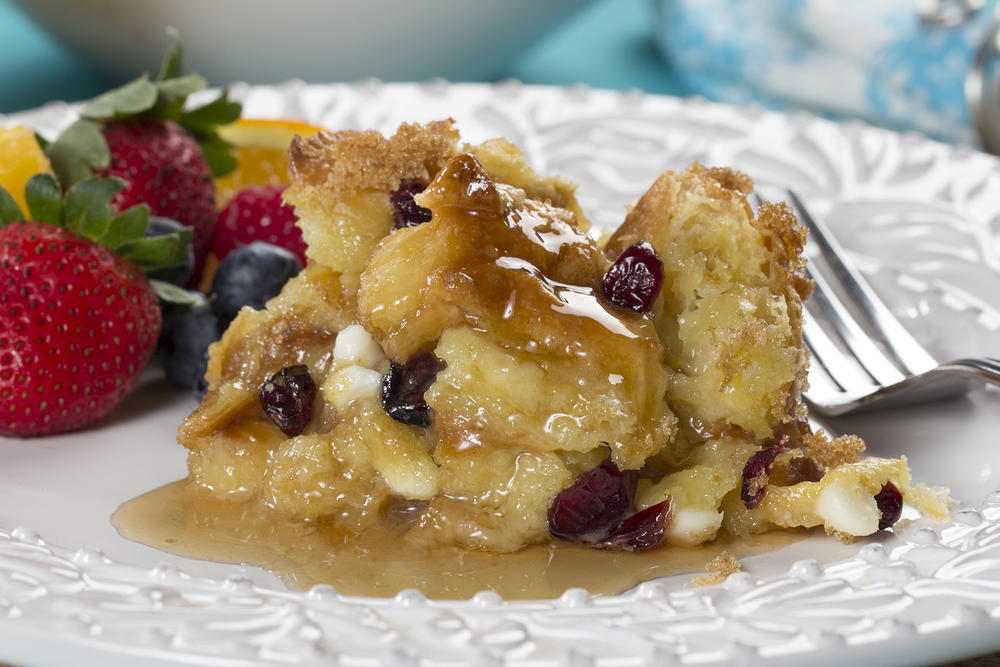
 241 views
241 viewsCroissant Bread Pudding
mrfood.com
45 minutes
Your folders

 417 views
417 viewsCroissant Bread Pudding
unicornsinthekitchen.com
4.5
(26)
40 minutes
Your folders

 381 views
381 viewsCroissant Bread (Loaf)
sallysbakingaddiction.com
1 hours
Your folders
 71 views
71 viewsCroissant Bread Pudding
chefjeanpierre.com
4.8
(6)
Your folders

 74 views
74 viewsSourdough Croissant Bread
amybakesbread.com
5.0
(169)
45 minutes
Your folders

 81 views
81 viewsSourdough Croissant Bread
lifestyleofafoodie.com
5.0
(4)
Your folders
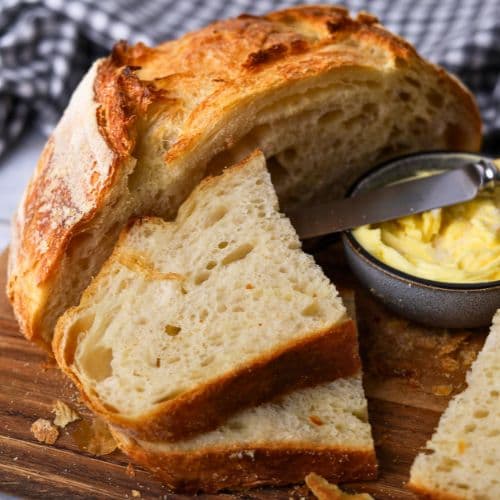
 53 views
53 viewsSourdough Croissant Bread
pantrymama.com
5.0
(11)
45 minutes
Your folders

 79 views
79 viewsCroissant Bread Pudding
smalltownwoman.com
5.0
(37)
55 minutes
Your folders
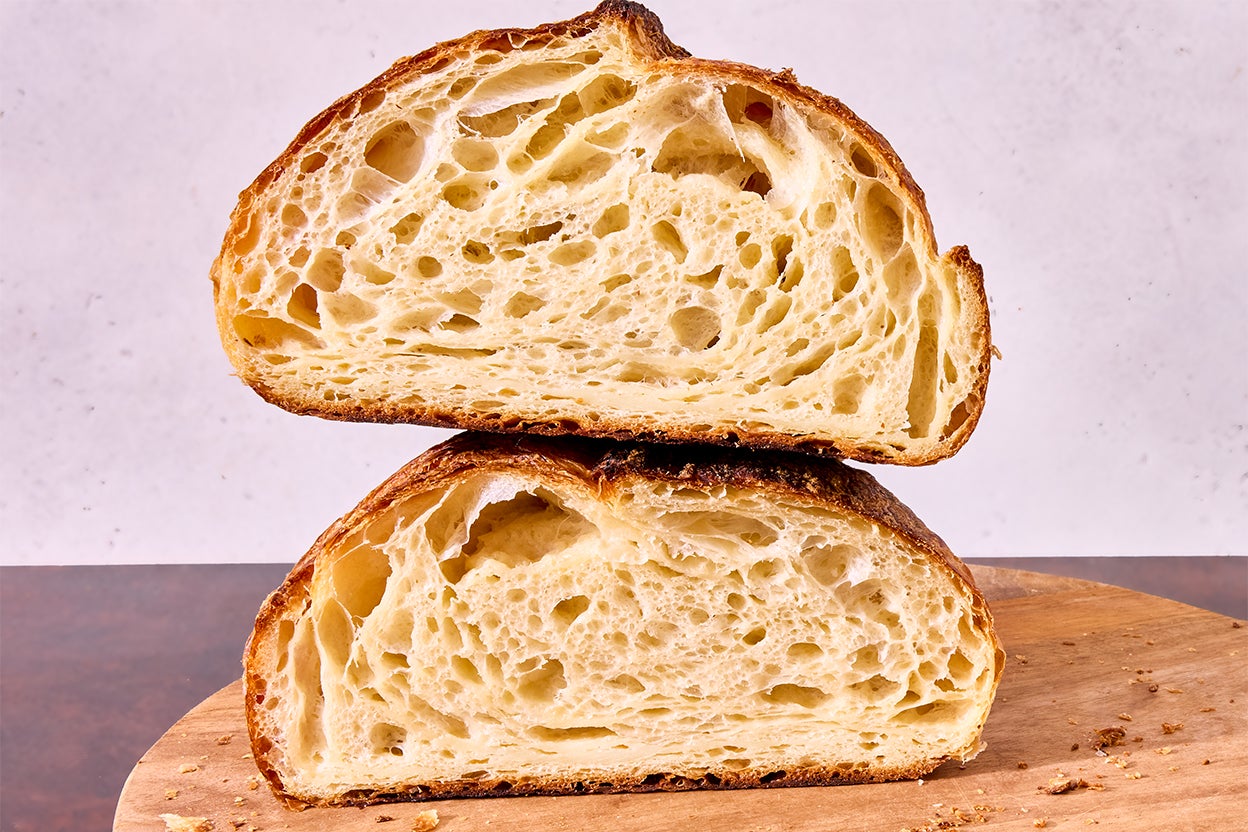
 64 views
64 viewsCroissant Sourdough Bread
kingarthurbaking.com
4.9
(17)
40 minutes
Your folders

 139 views
139 viewsBig & Buttery Chocolate Chip Cookie...
tasteofhome.com
4.7
(110)
10 minutes
Your folders
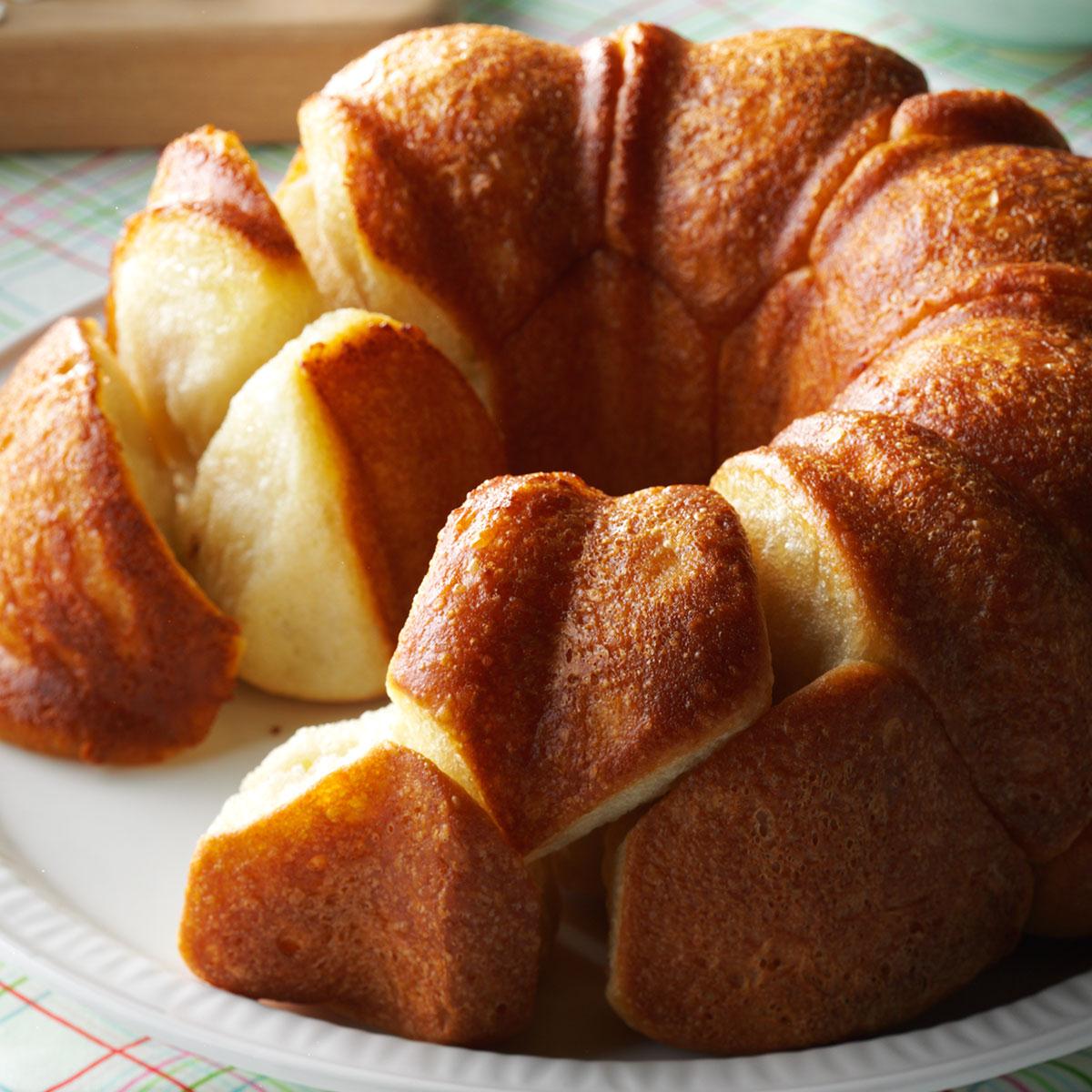
 241 views
241 viewsButtery Bubble Bread
tasteofhome.com
4.8
(24)
30 minutes
Your folders
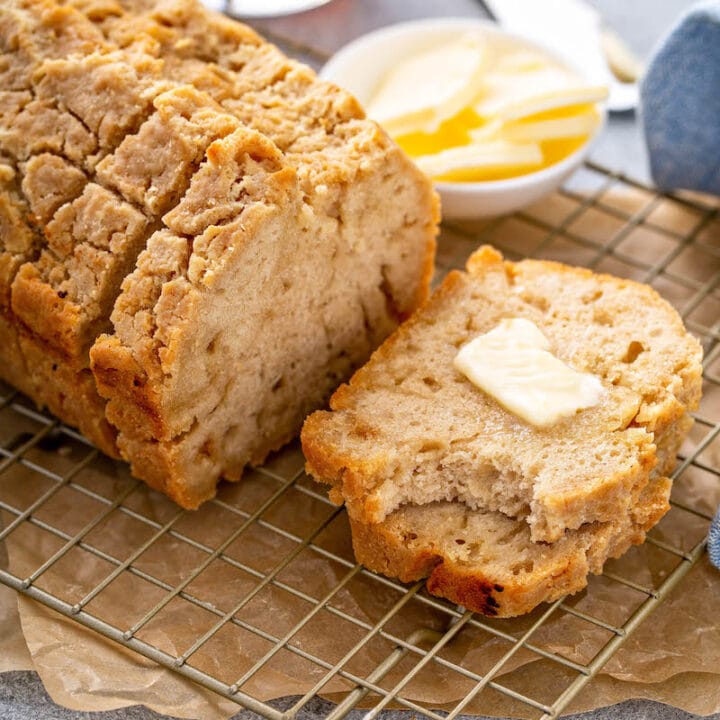
 317 views
317 viewsButtery Beer Bread
thenovicechefblog.com
4.4
(365)
50 minutes
Your folders

 196 views
196 viewsButtery Bread Stuffing
vintagerecipeproject.com
Your folders
 99 views
99 viewsButtery Pepperoni Bread
thekitchn.com
Your folders

 370 views
370 viewsCroissant and marmalade bread-and-b...
deliciousmagazine.co.uk
5.0
(4)
30 minutes
Your folders
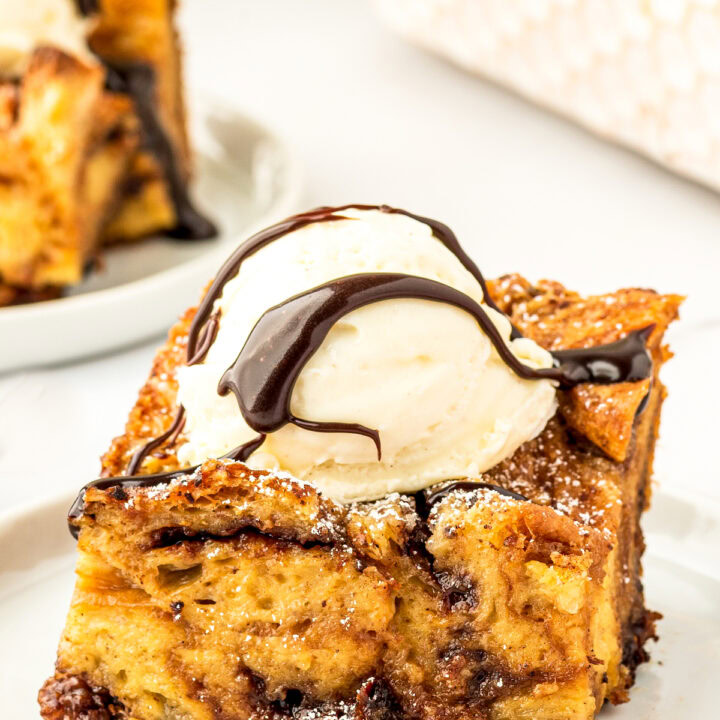
 258 views
258 viewsNutella Croissant Bread Pudding
thenovicechefblog.com
5.0
(2)
1 hours, 5 minutes
Your folders
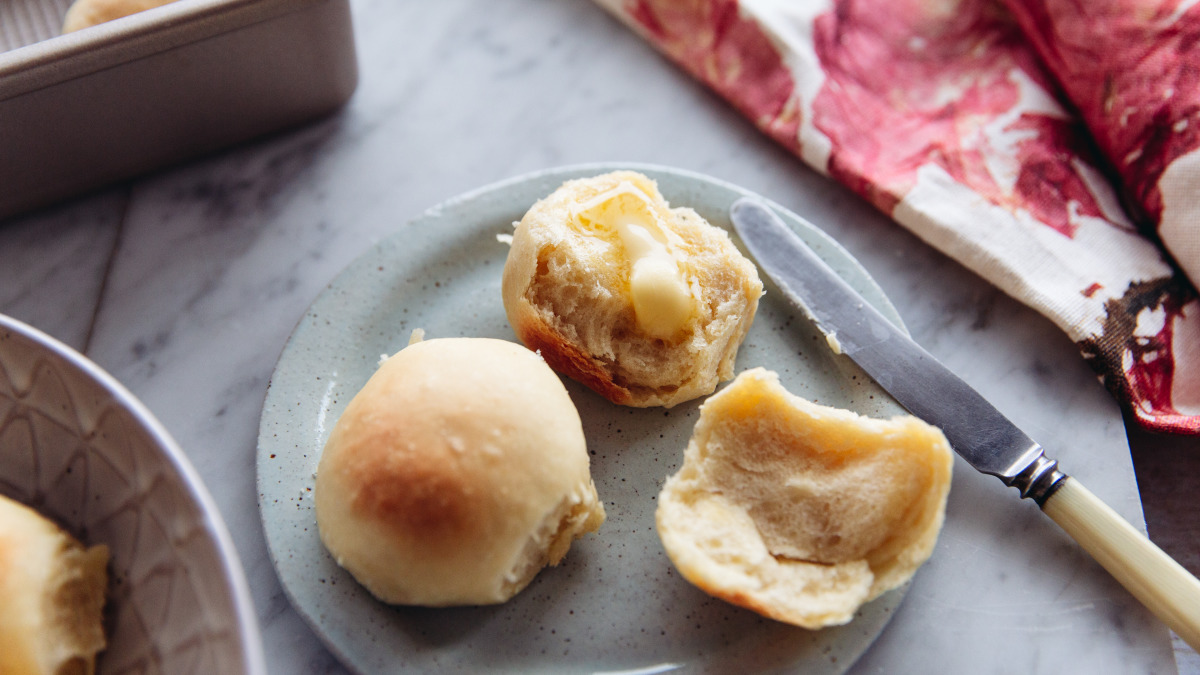
 533 views
533 viewsButtery Bread Machine Rolls
food.com
5.0
(326)
2 hours
Your folders

 263 views
263 viewsButtery Garlic Bread Chips
grumpyshoneybunch.com
4.3
(10)
10 minutes